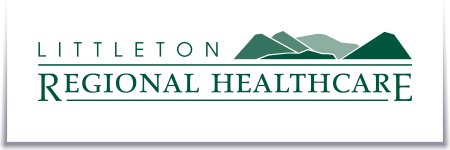 When summer skies turn dark and storm clouds roll in, rural communities are often hit hardest. From flash floods and high winds to power outages and impassable roads, summer storms can severely disrupt daily life—especially healthcare access.
When summer skies turn dark and storm clouds roll in, rural communities are often hit hardest. From flash floods and high winds to power outages and impassable roads, summer storms can severely disrupt daily life—especially healthcare access.
Here’s how rural communities—and the healthcare providers who serve them—can stay prepared and protected.
 Understand the Risks in Your Area
Understand the Risks in Your Area
Rural regions across the U.S. face unique weather threats depending on geography. Tornadoes in the Midwest, flash flooding in the South, and wildfires in the West are all part of summer’s threat landscape. Know the most common risks in your region and how past storms have impacted medical care, road access, and electricity.
Tip for residents: Sign up for local weather alerts and follow emergency services on social media for real-time updates.
Tip for providers: Regularly review regional emergency response plans and ensure all staff are trained in severe weather procedures.
 Make a Personal Medical Emergency Plan
Make a Personal Medical Emergency Plan
In rural areas, a storm can cut off access to medications, medical equipment, and emergency transport. If you or a loved one has a chronic condition, planning ahead is crucial.
- Keep at least a week’s supply of medications on hand.
- Store backup power sources (like battery packs) for oxygen machines or CPAPs.
- Write down key health information, including allergies, prescriptions, and doctor contacts, and store it in a waterproof bag.
Final Thoughts
Preparedness is healthcare. By thinking ahead and building strong storm-readiness plans, rural communities can protect access to vital care—before, during, and after the storm.
Whether you’re a patient, caregiver, or provider, a little preparation now can make all the difference when the clouds roll in.


 Understand the Risks in Your Area
Understand the Risks in Your Area Make a Personal Medical Emergency Plan
Make a Personal Medical Emergency Plan


